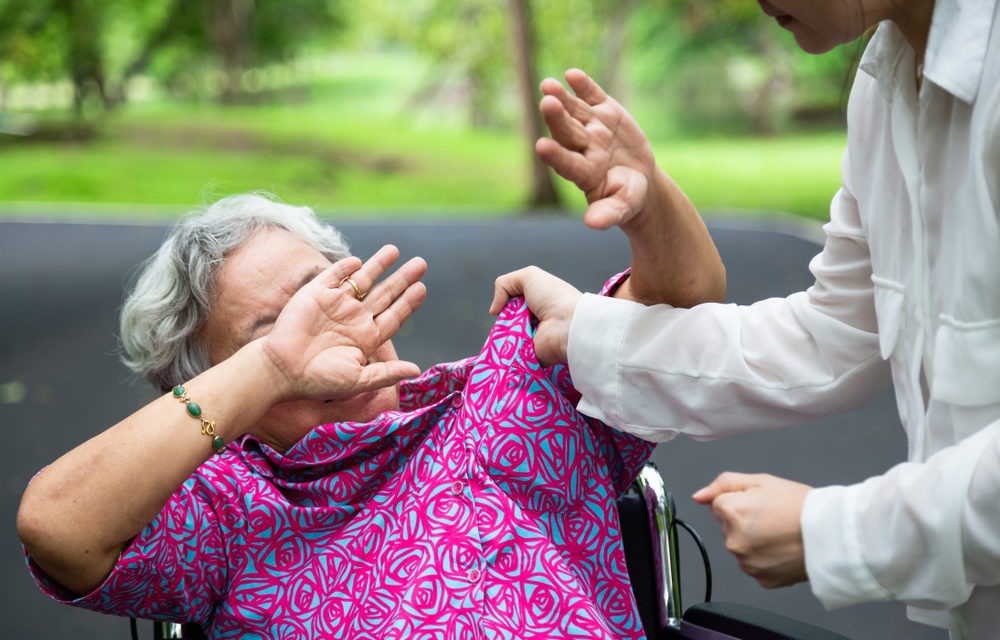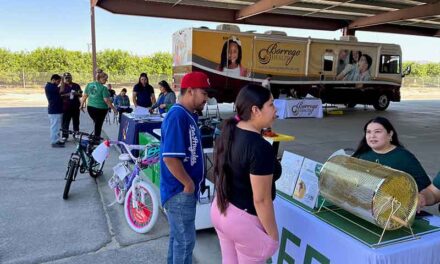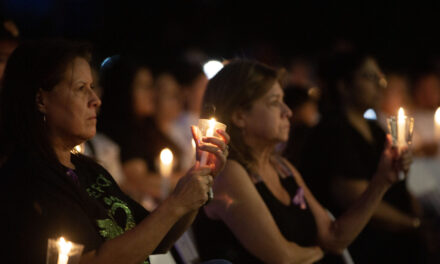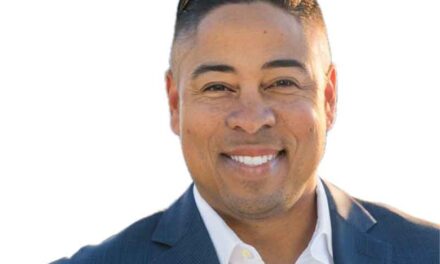As the number of Americans 60 and older rises, the rate of violence, commonly called elder abuse, against them is also rising – at an even faster pace, according to the Centers for Disease Control and Prevention (CDC).
The problem is exacerbated in California which is ranked 2019’s state with the third worst protections for elder abuse, according to a study from WalletHub, a personal finance website.
Elder-Abuse Protections in California (1=Best; 25=Avg.)
- 50th – Elder-Abuse, Gross-Neglect & Exploitation Complaints*
- 15th – Total Expenditures on Elder-Abuse Prevention*
- 28th – Total Long-Term Care Ombudsman-Program Funding*
- 43rd – Number of Eldercare Organizations & Services*
- 19th – Number of Certified Volunteer Ombudsmen*
- 15th – Nursing-Homes Quality
*Per resident aged 65+
To determine which states fight the hardest against violence against older Americans, WalletHub compared the 50 states and the District of Columbia across 16 key metrics. The data set ranges from share of elder-abuse, gross-neglect and exploitation complaints to presence of financial elder-abuse laws.
The problem could intensify as America becomes an increasingly aging nation. The U.S. Census Bureau expects the population aged 65 years and older to nearly double from 43.1 million in 2012 to 85.7 million in 2050, due to aging Baby Boomers who began turning 65 in 2011. And by 2030, 1 in 5 U.S. residents will be retirement age.
For the full report, click here.
The CDC estimates that the rate of nonfatal assaults against men 60 and older increased by 75.4 percent between 2002 and 2016. The rate of nonfatal elder abuse assaults against women of that age rose by 35.4 percent from 2007 to 2016.
The homicide rate for men grew by 7.1% from 2010 to 2016, according to the CDC says. But the homicide rate for women 60 and older went down, by 9.9%, from 2002 to 216.
The CDC defines elder abuse as an intentional act, or failure to act, by a caregiver or another person in a relationship involving an expectation of trust that causes or creates a risk of harm to an older adult. (An older adult is defined as someone age 60 or older.)
Some 58% of the assailants were related to or knew the victim. When it came to homicides, a spouse or partner, parent, child, relative or friend committed 46% of the crimes, according to the CDC.
From 2002 to 2016, an estimated 643,191 nonfatal assault victims 60 and older were treated in emergency departments, the data show, and 19,059 older people were victims of homicide.
Image Sources
- Elder Abuse: Shutterstock







